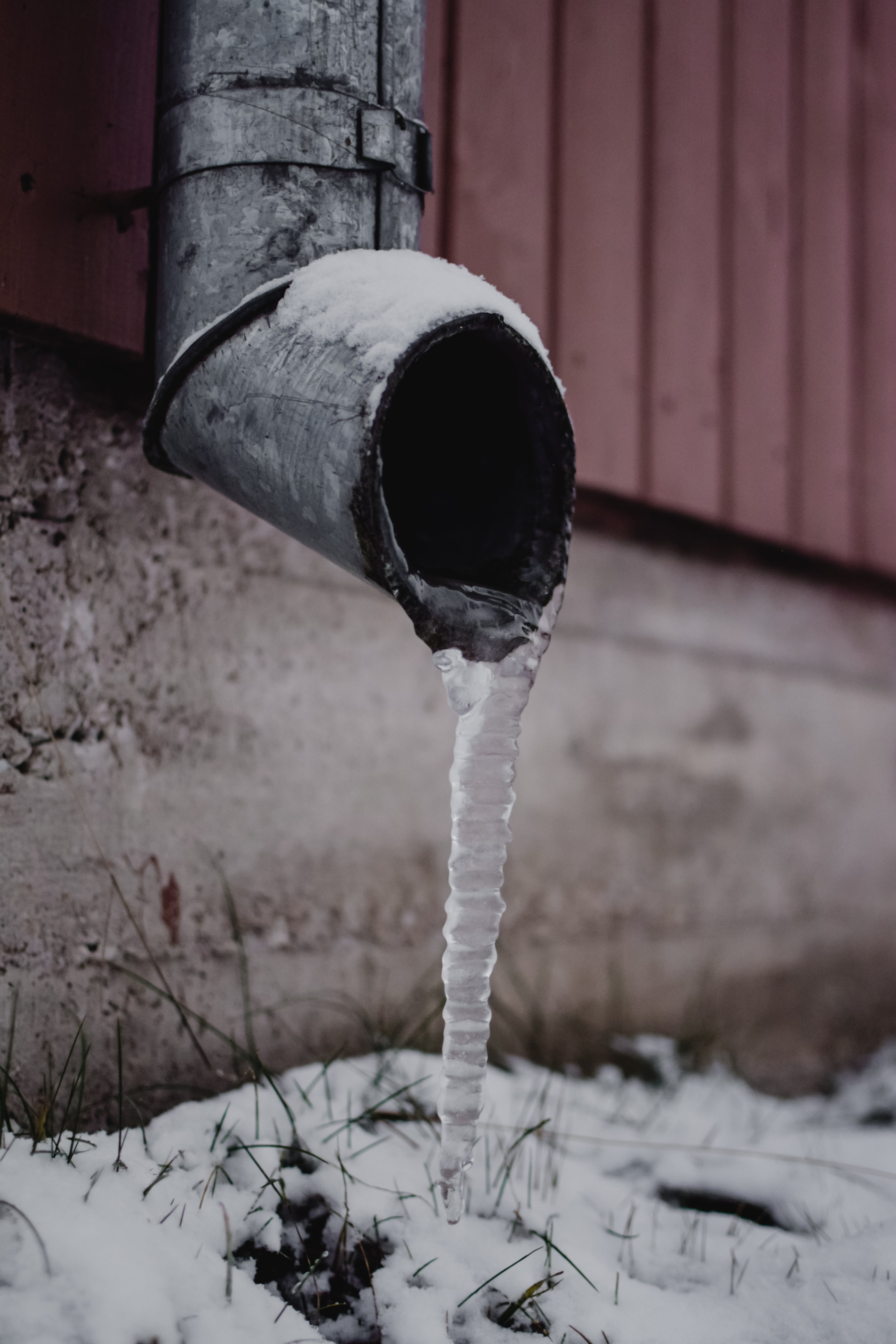Protecting your Property from North Texas Freezing Temperatures
As winter descends upon North Texas, the region often experiences unexpected freezes and plummeting temperatures that can pose a significant threat to the well-being of your property. The biting cold can lead to various issues, making it imperative to fortify your home against potential damages. In this comprehensive guide, we'll walk you through essential steps to protect your North Texas property from the harsh realities of a winter freeze.
1. Inspect and Insulate Pipes:
Before the freezing temperatures set in, embark on a meticulous examination of your plumbing system, paying special attention to exposed pipes that are vulnerable to the cold. Take preventive action by wrapping these exposed pipes with insulation sleeves or using heat tape to create a barrier against freezing temperatures. Additionally, don't forget to disconnect garden hoses and, whenever possible, shut off outdoor water valves to prevent water from freezing within the pipes.
2. Seal Gaps and Cracks:
Guard your home against the infiltration of cold air by conducting a thorough inspection of windows and doors for any gaps or cracks. Utilize weather stripping or caulking to seal these openings effectively. Extend your scrutiny to the foundation, where gaps may exist, and seal them with expanding foam or caulk to ensure a well-insulated living space.
3. Service Your Heating System:
Prepare your home for the winter chill by scheduling a professional inspection and maintenance session for your heating system. This ensures that your heating apparatus is in optimal condition to tackle the demands of the season. Additionally, replace air filters to guarantee efficient heating, and consider the installation of a programmable thermostat to regulate temperature effectively and save on energy costs.
4. Protect Outdoor Plants:
Shield your outdoor greenery from freezing temperatures by covering sensitive plants with frost cloth or blankets during the coldest nights. Apply a layer of mulch around the base of plants to insulate the soil and safeguard roots from extreme temperatures. For potted plants, bring them indoors or relocate them to a sheltered area to prevent cold-related damage.
5. Prepare Your Roof:
Maintain the structural integrity of your roof by clearing gutters and downspouts to prevent the formation of ice dams. Regularly inspect the roof for damaged or missing shingles, promptly replacing any compromised sections. Trim overhanging tree branches that may pose a threat by falling onto the roof under the weight of accumulated ice.
6. Winterize Sprinkler Systems:
Guard against potential damage to your sprinkler system by draining it before freezing temperatures take hold. Turn off the system and open manual drain valves to ensure all water is expelled. For added protection, consider hiring a professional to blow out any remaining water using compressed air, preventing costly repairs in the spring.
7. Stock up on Emergency Supplies:
Prepare for unforeseen circumstances by assembling an emergency kit containing essential items such as flashlights, batteries, blankets, and non-perishable food items. Keep a ready supply of rock salt or ice melt to de-ice walkways and driveways, and ensure you have battery-powered backups for essential devices to maintain communication and safety.
8. Insulate Attic and Crawl Spaces:
Enhance the overall insulation of your home by inspecting the attic and crawl spaces. Add insulation as needed to bolster your home's ability to retain heat. Additionally, ensure proper ventilation to prevent condensation and the formation of ice dams, mitigating the risk of structural damage during winter.
Conclusion:
In taking these proactive measures, you not only fortify your North Texas property against the potential hazards of winter freezes but also minimize the risk of incurring costly damages. Remember, investing time in preparing and winterizing your home is an investment in its longevity and your peace of mind. Stay warm, stay safe!


